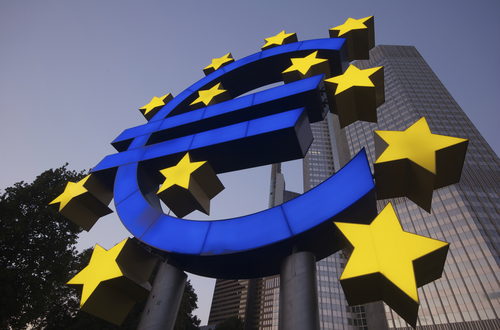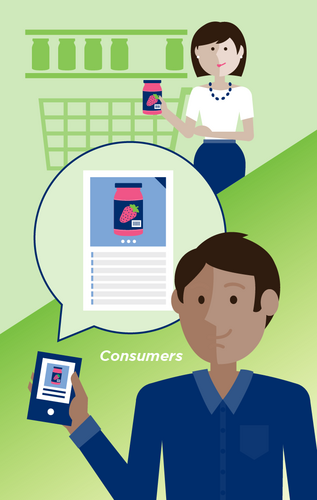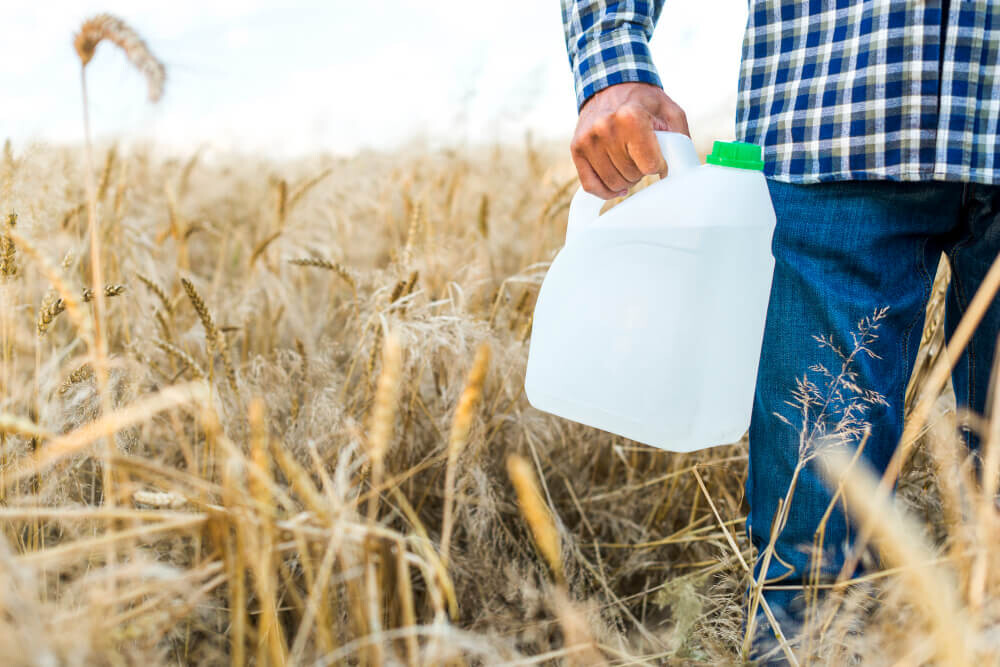Digital labelling will help exporters meet growing information demands
Tariffs and trade wars loom large but for many New Zealand food and beverage exporters, an equally large concern is today’s rising tide of product information requirements in world markets.
The European Union – where tariffs are largely gone or falling under the EU-New Zealand Free Trade Agreement (FTA) – is at the forefront of regulatory change for more information around product ingredients, origins and sustainability.
When the FTA came into force last May, much was made of how it could boost New Zealand’s exports by $1.8 billion annually in 10 years’ time (and help deliver on a Coalition Government aspiration to double all export income).
But to achieve this, individual exporters need to understand and meet marking, labelling and packaging requirements that increase in complexity and application by the year under EU rules and/or the laws of individual European countries.
For New Zealand exporters, the challenges are often compounded by the fact that they export not just to Europe, but to various other countries where information requirements are different again. Then there are the specific labelling and packaging requirements in home markets which can be arduous as well.
A solution must include new forms of digital labelling based on global standards which specify content, form and methods of access for a multiplicity of purposes.
Producers and traders who embrace digital labelling for their products position themselves as best as possible to meet as many information demands as possible, and at least cost.
“Digital label” simply means holding information on a product, its origins, its inputs, regulatory compliance etc on the web, in a form that can be readily accessed by anyone scanning a QR code or using a link. GS1 Digital Link is the QR code standard increasingly favoured worldwide for digital labelling applications.
Global recognition
Digital labelling is rapidly gaining recognition as a concept for empowering consumer choice and the efficacy of regulatory systems, and also for smarter management of supply chains and physical production systems. The EU is leading the way and primary production is very much in scope.
In August 2024, for example, the EU Commission adopted measures to encourage digital labelling on all fertilisers being sold in Europe: Where digital labelling is applied, the information must be easily and directly accessible through all major operating systems, without need for registration or password use. The EU already has a “digital passport” labelling requirement on electric vehicle batteries, and is moving for the same on medical devices, detergents, hazardous chemicals and packaging waste.
India is another rapid adopter, having mandated in 2023 that all domestically-produced food products have a GS1 Digital Link QR code on their retail packaging for easy consumer access to online labels that include manufacturing and expiry dates, and more. In fact, India has been using GS1 identifiers and traceability standards on grape exports to the EU since 2007: A huge undertaking by 40,000-plus growers and 100 pack houses, but necessary to mitigate European concerns about pesticide residues.
In recent years, GS1 India surveyed the use of QR codes and digital labelling in India’s agri-input supply chains, with a focus on pesticides, fertilisers and seeds. It concludes that these technologies were “revolutionising the agri value chain” by enabling all the parties to tackle productivity, quality, traceability and sustainable challenges.
NZ exporters can benefit from FTAs with Europe and other regions and maintain their position in the US market if tariffs are imposed. The key question is when and how NZ exporters will adopt digital labelling.



